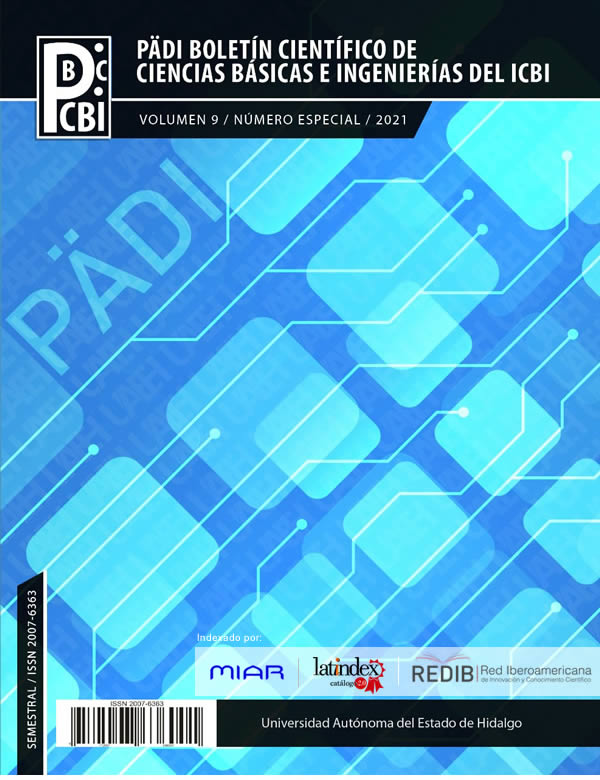Teaching system for the k-means clustering technique
Abstract
Clustering task is one of the most used unsupervised classification techniques in data processing, which has the aim of finding an ideal partition of a data set. One of the algorithms that has been applied the most in real and everyday fields is known as the k-means algorithm. There are several platforms that allow the application of this algorithm, but the use of these platforms is limited, since the user cannot identify the processes that the algorithm follows to reach the final result. Given the use of k-means, in order to show a detailed process and therefore known in which cases it is convenient to use it, it is important to have a tool that teaches step by step each one of the operations that it performs to reach its purpose. This work presents a teaching system, which works as a support tool that allows discovering how the partition of a data set is built in order to reinforce the learning of k-means algorithm.
Downloads
References
Duda, R.O., Hart, P.E., Stork, D.G., (2012). Pattern Classification, John Wiley & Sons, Inc., USA.
Frank, E., Hall, M.A., Witten I.H., (2016). The WEKA Workbench. Online Appendix for "Data Mining: Practical Machine Learning Tools and Techniques", Morgan Kaufmann, Fourth Edition.
Han, J., Kamber, M., Pei, J., (2012) Data Mining, Concepts and Techniques, Morgan Kaufmann Publishers, USA.
Joshi, A., Kale, S., Chandel, S., Pal, D.K., (2015). Likert Scale: Explored and Explained. Current Journal of Applied Science and Technology, 7, 4, pp. 396-403.
Letelier, P., Penadés, M., (2006). Metodologías ágiles para el desarrollo de software: eXtreme Programming (XP). Técnica administrativa, 5, 26.
Marzocchi, V. A., Vílchez, A., D’Amato, M., (2012). Incorporación de TICs de modelado molecular en la enseñanza universitaria de la Química. Revista Iberoamericana de Tecnología en Educación y Educación en Tecnología, 8, 9-15.
MATLAB (2018), The MathWorks, Inc., Natick, Massachusetts, United States.
Monserrat, C., López, O., Meier, U., Juan, M.C., Grau, V., Gil, J.A., Lozano, J.A & Alcañiz, M., (2002). GeRTiSS: Simulador quirúrgico virtual para el entrenamiento en cirugías mínimamente invasivas. In: IX Congreso Nacional de Informática Medica. Informed, pp. 87-91.
Murty, M.N., Devi, V.S., (2015). Introduction to Pattern Recognition and Machine Learning. World Scientific Publishing, Singapore.
Orjuela-Duarte, A., Rojas C.M., (2008). Las Metodologías de Desarrollo Ágil como una Oportunidad para la Ingeniería del Software Educativo. Revista Avances en Sistemas e Informática, 5, pp. 159-171.
Pantaleo, G., Rinaudo, L., (2015). Ingeniería de software. Alfaomega, Argentina.
Valencia Armijos, W. V., Charro Arévalo, C., (2007). Modelo tridimensional de la historia geológica del volcán Cotopaxi. Tesis Sistemas Informáticos y de Computación. Escuela Politécnica Nacional.
Wells, D., (1999). Extreme Programming-Rules. Retrieved from Extreme Programming: http://www.extremeprogramming.org/rules.html
Wu, X., Kumar, V., (2009). The Top Ten Algorithms in Data Mining. CRC Press, Boca Raton, FL.
Yee, L.Y., Belaidan, S.L., Rahman, A.A, Harun, K.S., (2019). Implementing K-Means Clustering Algorithm in Collaborative Trip Advisory and Planning System. Periodicals of Engineering and Natural Sciences 7,2, pp. 723-740.












